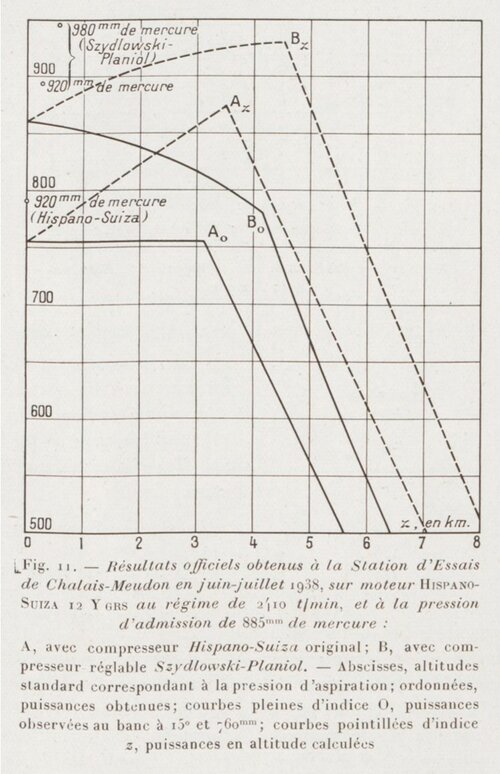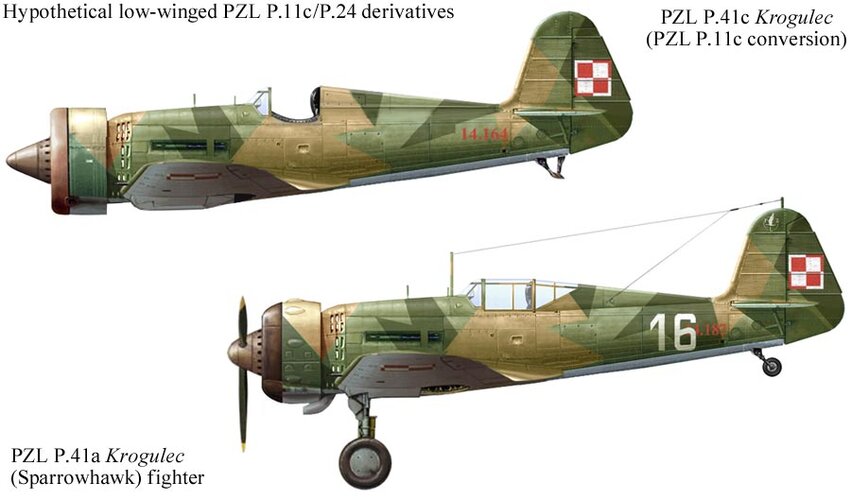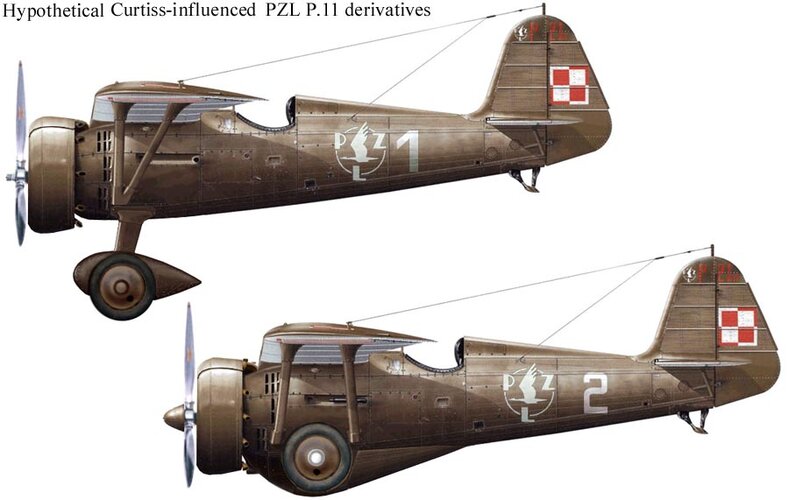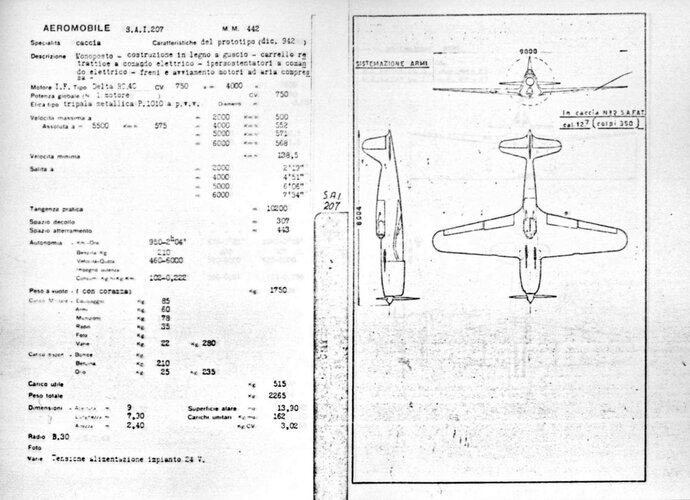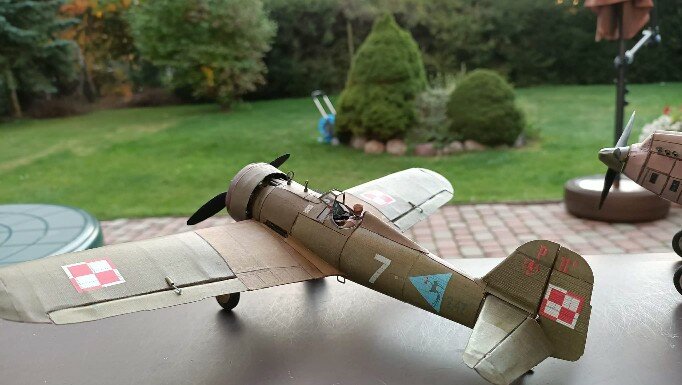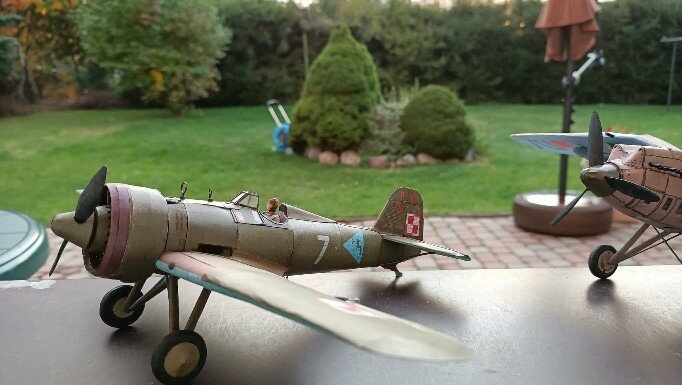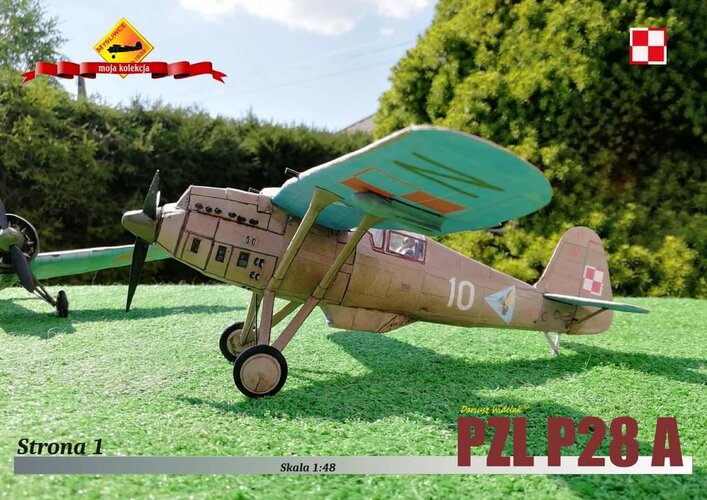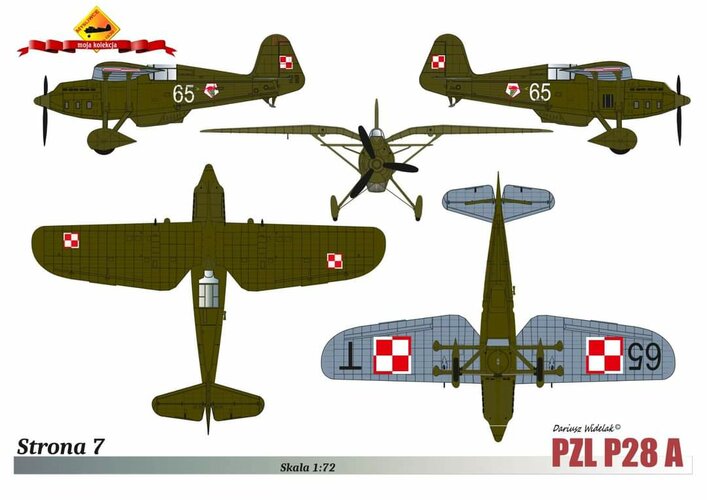Everybody and his brother were trying to have as good as aiforce/air-service as possible, and especially in the specified time frame, but many times the available budget was a serious brick wall between the desires and reality. What kind of aircraft should a not-rich, but a reasonably developed country (like Czechoslovakia, Poland, Sweden, Belgium, Yugoslavia, Romania, even Italy) try to purchase? Even if it means combining foreign bits & pieces with home-grown stuff? Wanted are cheap & cheerful, yet capable fighters and bombers. No biplanes, not even the strutted monoplanes - save the money on other places.
'Make' the engines you want, but something that is plausible for the time frame. Don't go awry with numbers of cylinders on the engine, like 16, 18 or 24, that will make the engine purchase expensive.
Note that there is a lot of outdated biplanes/strutted monoplanes in need of replacement, so having the affordable designs in the backburner is not out of the place for France, UK, Japan or Soviet Union. Americans can pay for turbochargers, so keep that in mind.
Note that not the budget is tight, but also the schedule - we never know when an big-mouthed neighbuor might decide to act upon the big words.
'Make' the engines you want, but something that is plausible for the time frame. Don't go awry with numbers of cylinders on the engine, like 16, 18 or 24, that will make the engine purchase expensive.
Note that there is a lot of outdated biplanes/strutted monoplanes in need of replacement, so having the affordable designs in the backburner is not out of the place for France, UK, Japan or Soviet Union. Americans can pay for turbochargers, so keep that in mind.
Note that not the budget is tight, but also the schedule - we never know when an big-mouthed neighbuor might decide to act upon the big words.

